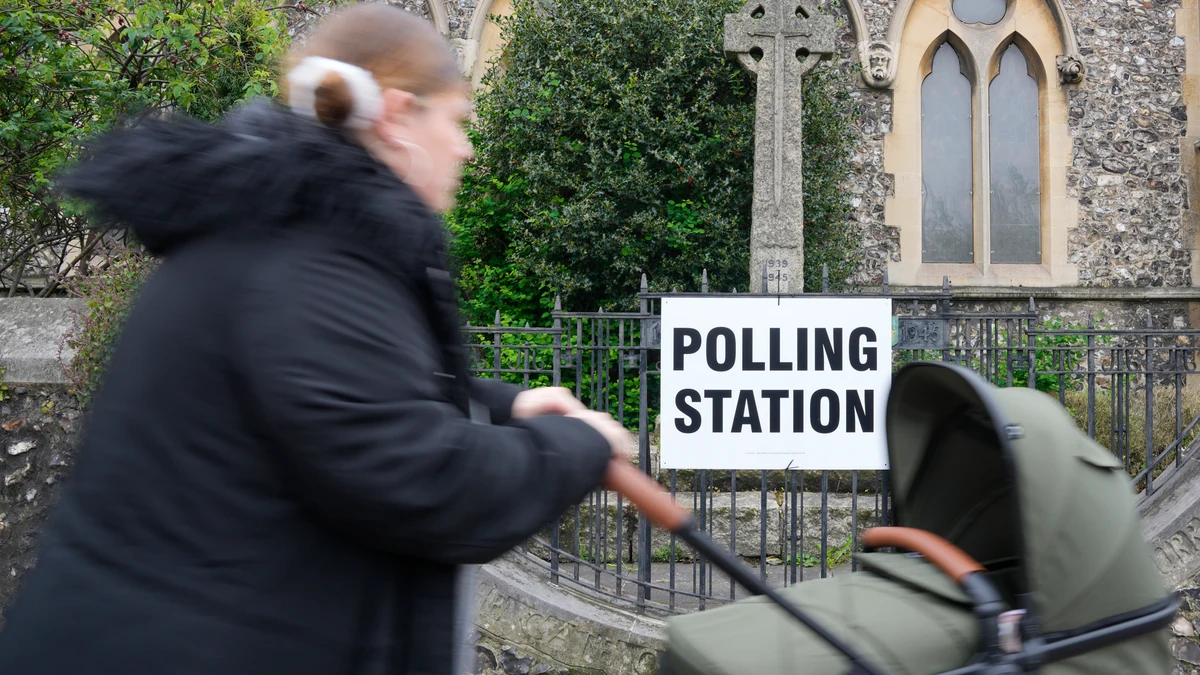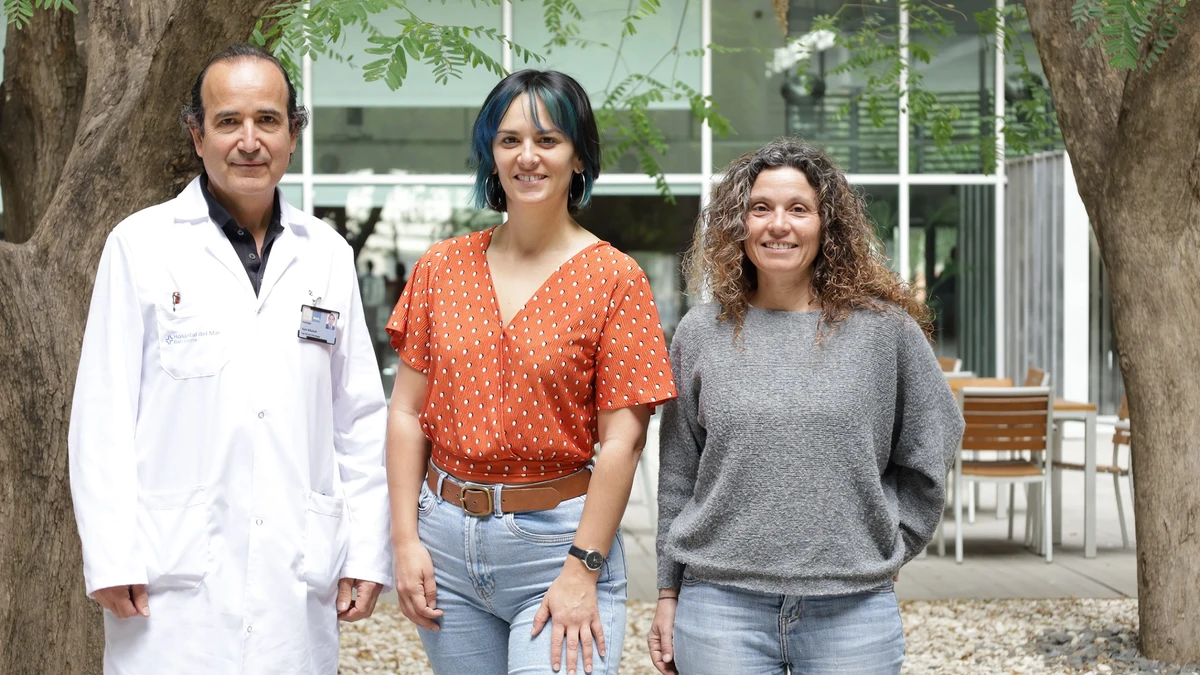A chilly, midday darkness fell across North America on Monday as a total solar eclipse raced across the continent, thrilling those lucky enough to behold the spectacle through clear skies.
Eclipse mania gripped all of Mexico, the U.S. and Canada, as the moon swept in front of the sun, blotting out daylight. Almost everyone in North America was guaranteed at least a partial eclipse, weather permitting.
It was the continent’s biggest eclipse audience ever, with a couple hundred million people living in or near the shadow’s path, plus scores of out-of-towners flocking in.
Clouds blanketed most of Texas as the total solar eclipse began its diagonal dash across land, starting along Mexico’s mostly clear Pacific coast and aiming for Texas and 14 other U.S. States, before exiting into the North Atlantic near Newfoundland.
Just east of Dallas, the hundreds gathered at Mesquite’s downtown area cheered and whistled as the clouds parted in the final minutes before totality. As the sun finally became cloaked, the crowd grew louder, whipping off their eclipse glasses to soak in the unforgettable view of the sun’s corona, or spiky outer atmosphere, and Venus shining brilliantly off to the right.
City officials reminded everyone that the last total solar eclipse in these parts was the 1870s, making this one all the more special. Eclipse-themed music was turned off as the big moment approached.
“Oh God, it’s so dark,” marveled Aiyana Brown, 14, who watched alongside her grandfather, Mesquite Mayor Daniel Aleman Jr. “I’m a huge science nerd, and this is amazing.”
The weather also cooperated at the last minute near Austin. “I will never unsee this,” said Ahmed Husseim of Austin, who had the eclipse on his calendar for a year. Husseim and his family were among hundreds who gathered on the lawn of Southwestern University in Georgetown, Texas, with blankets, lawn chairs and country music.
Gary and Lynn Harden, of Mount Sterling, Wis., view the solar eclipse at Crab Orchard Lake within Crab Orchard National Wildlife Refuge in Carbondale on April 8, 2024. (Eileen T. Meslar/Chicago Tribune)
Central and southern Indiana were popular viewing spots in the path of totality as eclipse fans flocked to large viewing events at Indiana University’s football stadium in Bloomington and the Indianapolis Motor Speedway.
In Valparaiso, where the eclipse hit 95% totality at around 2:07 p.m., hundreds of people gathered for an eclipse viewing party held by the parks department at Central Park Plaza.
The Valparaiso University Society of Physics Students from the Department of Physics and Astronomy partnered with the parks department for the event.
“We have a telescope with a solar filter for people to try,” said Todd Hillwig, physics and astronomy professor at the university. “It is fun to see the eclipse large, but because the eclipse takes two and a half hours, it is more fun to use eclipse shades to look every ten or fifteen minutes to see how things have changed.”
“I also have a mirror to project the eclipse,” said Hillwig. “It turns out that a mirror, if you get far enough away, it acts just like a pinhole camera. We should actually be able to project up to the amphitheater.”
Hundreds of people gather on Monday, April 8, 2024, at Central Park Plaza in downtown Valparaiso for an eclipse viewing party put on by the Valparaiso Parks Department. (Deena Lawley-Dixon/for Post-Tribune)
Amanda Curosh of Crown Point was at the park with her mom, sister, and two daughters, Emma and Ellie.
“We were going to try to go to Indianapolis but with the traffic and we were going to try to go to Indianapolis, but with the traffic and the craziness we decided to go to a nice open area like this to watch with family,” said Curosh. “ My mom has been planning this for months and months.”
“ We have snacks, chairs, and special glasses,” said Ellie Curosh, 10, a student at Winfield Elementary School.
Jill Lohmann of Valpo is originally from Perryville, Missouri, and was wearing a T-shirt from the eclipse in 2017.
“We are a small town of 8,500 people,” said Lohmann. “ We were in the path of totality in 2017, and we are again today.”
“I bought the glasses last time because I knew we were going to watch it again,” said Lohmann.
Lohmann was at Central Park Plaza with seven other friends to enjoy the day in downtown Valparaiso with lunch and eclipse viewing.
“I am hoping that nobody tickets any cars,” she joked.
Arkansas and northeast New England were the best bets in the U.S., going into Monday’s spectacle. New Brunswick and Newfoundland in Canada also looked promising.
The show got underway in the Pacific before 11 a.m. Central time. As the darkness of totality reached the Mexican resort city of Mazatlán, the faces of spectators were illuminated only by the screens of their cellphones.
The cliff-hanging uncertainty added to the drama. But the overcast skies in Mesquite near Dallas didn’t rattle Erin Froneberger, who was in town for business and brought along her eclipse glasses.
“We are always just rushing, rushing, rushing,” she said. “But this is an event that we can just take a moment, a few seconds that it’s going to happen and embrace it.”
The total solar eclipse as seen from Crab Orchard Lake within Crab Orchard National Wildlife Refuge in Carbondale on April 8, 2024. (Eileen T. Meslar/Chicago Tribune)
A festival outside Austin wrapped up early on Monday because afternoon storms were in the forecast. Festival organizers urged everyone to pack up and leave.
Sara Laneau, of Westfield, Vermont, woke up at 4 a.m. Monday to take her 16-year-old niece to nearby Jay Peak ski resort to catch the eclipse after a morning on the slopes.
“This will be a first from me and an experience of a lifetime,” said Laneau, who was dressed in a purple metallic ski suit with a solar eclipse T-shirt underneath.
At Niagara Falls State Park, tourists streamed in under cloudy skies with wagons, strollers, coolers and lawn chairs. Park officials expected a large crowd at the popular site overlooking the falls.
A member of New York State Park Police watches the partial Solar Eclipse on April 8, 2024 in Niagara Falls, New York. Millions of people have flocked to areas across North America that are in the “path of totality” in order to experience a total solar eclipse. During the event, the moon will pass in between the sun and the Earth, appearing to block the sun. (Photo by Adam Gray/Getty Images)
During Monday’s full eclipse, the moon slipped right in front of the sun, entirely blocking it. The resulting twilight, with only the sun’s outer atmosphere or corona visible, would be long enough for birds and other animals to fall silent, and for planets, stars and maybe even a comet to pop out.
The out-of-sync darkness lasts up to 4 minutes, 28 seconds. That’s almost twice as long as it was during the U.S. coast-to-coast eclipse seven years ago because the moon is closer to Earth. It will be another 21 years before the U.S. sees another total solar eclipse on this scale.
It will take just 1 hour, 40 minutes for the moon’s shadow to race more than 4,000 miles (6,500 kilometers) across the continent.
Eye protection is needed with proper eclipse glasses and filters to look at the sun, except when it ducks completely out of sight during an eclipse.
The path of totality — approximately 115 miles wide — encompasses several major cities this time, including Dallas; Indianapolis; Cleveland; Buffalo, New York; and Montreal. An estimated 44 million people live within the track, with a couple hundred million more within 200 miles.
“This may be the most viewed astronomical event in history,” said National Air and Space Museum curator Teasel Muir-Harmony, standing outside the museum in Washington, awaiting a partial eclipse.
Experts from NASA and scores of universities are posted along the route, poised to launch research rockets and weather balloons, and conduct experiments. The International Space Station’s seven astronauts also will be on the lookout, 270 miles (435 kilometers) up.
AP journalists along the eclipse path contributed to this report. Post-Tribune freelance reporter Deena Lawley-Dixon contributed.





